Greenhaus was one of 25 world-class photographers invited by Fundacion Cultural Banesto of Spain to participate in a project to photograph Barcelona, Madrid and Seville. Each photographer was chosen specifically for his or her personal vision in order to give the project a multi-faceted flavor. Greenhaus’ images from Spain are published in magazines and books. His gelatin silver prints are in the permanent collections of Fundacion Cultural Banesto, and Museo Nacional Centro de Arte Reina Sofia.
Barcelona Vista Por , Fotografies, Fundacio “La Caixa”, Barcelona, Spain, 1994
Barcelona Vista Por, Library of The Institute Cervantes de Utrecht, Rome, Paris, Spain, 1994
Barcelona Vista Por, Libreria Cocheras del Rey, San Lorenzo del Escorial (Madrid) Spain,1994
Barcelona Vista Por, Library of the Cervantes Institute of Naples, Rome, Paris, Spain, 1994
Seville, Vista Por, Fundacion Cultural Banesto, Madrid, Spain, 1994
Barcelona, Vista Por, Fundaction Cultural Banesto, Madris, Spain 1994
La Fundacion, Madrid, Spain, “Presentacion de Sevilla vista por Museo De Arte Contemporaneo de Sevilla” por Victor Perez Escolano, October 1994
ABC, Sevilla, Spain, “Cinco grandees fotografos….”, July 1,1994
El Correo, Spain, “Sevilla vista por….”, July 2, 1994
El Pais, Spain, “Dolor y extasis de Sevilla”, July 3, 1994
El Correo de Andalucia, Spain, “Grandes fotografos del mundo….”, July 5, 1994
ABC, Sevilla, Spain, “La Fundacion Banesto cierra….”, July 5, 1994
Diario 16 Andalucia, Spain, “Cinco fotografos extranjeros….”, July 5, 1994
Diario 16 Andalucia, Spain, “La realidad detenida”, July 14, 1994
El Punto, Spain, “Sevilla vista por…” 5 grandees fotografos, July 31, 1994
El Pais Semanl, Spain, Fotografia – Miradas sobre la ciudad, July 31, 1994
El Giraldillo, Spain, Fotografia – “Sevilla vista por..”, August 1994
La Fundacion, Madrid, Spain, “Sevilla: el corazon mirando al sur”, Summer 1994
La Fundacion, Madrid, Spain, “Barcelona, a la vista”, Spring 1994
La Fundacion, Madrid, Spain, “Donald Greenhaus”, Summer 1993
Victor Perez Escolano, October 1994
Donald Greenhaus photographs semi-darkness, the aspect of dreams, in a time of human uncertainty. Hidden visions, spaces intersecting, watchful angles, at sunset, including night at the hour at which it is clear, that complex reality chances and vanishes. To show places, old and new that the Sevillian can recognize, if he wishes, as banal, useless, he does this because (in his pictures) tremulous breath substitutes for what is presented, entablatures and towers, balconies and door jams, trees and clouds, sun and moon, streetlamps and candles, virgins and Christs-Life and death – Light, shown in its absence, signals its presence. In the words of Cernudain “Ocnos” – “If anything on this earth can attest to the existence of a divine power, it is light: and a remote instinct brings man to remember through light this divine possibility, although the fundamental rest that the light disseminates brings with it an equivalent profound anguish and death therefore appears as the absence of light.”
Victor Perez Escolano Professor, School of Architecture of Seville
*Translated from an article in “La Fundacion” magazine, October 1994.
The book,”Sevilla vista por”, was presented to the Museum of Contemporary Art of Seville and this article was taken from a speech given by Professor Escolano at the presentation.
“Donald Greenhaus” by Lola Garrido Issue Number 4 “La Fundacion”, Lola Garrido, Director, Publisher La Fundacion Cultural Banesto Madrid, Spain 1993
When morning is just about to happen,in those moments when night finally tires of itself- borderline, blurred landscapes exist in which we would like to remain. These are the landscapes that Donald Greenhaus captures.
They appear diffused; without a doubt their exposure time is longer than normal, they insist on being present. What Greenhaus’ photographs capture is “a moment that lasts a century.” He comes from a photojournalism tradition that includes his own father who was a photojournalist with the New York Times for most of his life, accompanied on occasion by Weegee himself. The city that Greenhaus shows is an empty city- without hard edges, without people. His compositions are strange, his time eternal, and his work full of details like those of a completed puzzle – while giving us a final “whole” picture, they almost even tell us the temperature the moment it was taken.
Oddly the images capture both solitude and true universality, those authentic moments when life, people and things are closer to us. And itis this that separates Greenhaus’ photos from commercial photos – they display no pretty colors or shapes, they have something far more important. They contain truth. The search of the photographer artistis in his solitude, in following his parallel path with art, even if sometimes his quality goes unrecognized and he is considered in the end to be an imitation of reality.
The photographer knows his craft, never backs down, is an attentive hunter stalking moments- present moments that immediately become the past. Unlike other artists, he is almost a shaman of time. He can stop it.
There exists a belief that the techniques of photography can be learned and therefore the capacity to see lies in each one of us. Thus, photography is considered a “minor” art. The great photographers, however, show us that this is not so because at the moment of truth, the moment of ultimate decision it is themselves they encounter. lt is not a matter of dreams nor of automatic actions. The moment cannot wait, that is its nature – it is what is and nothing else. The greatest photographer does not so much set his imagination free, but rather has his imagination available at that moment.
Like any image, photographic images are structured shapes, and this is the only standard by which they must be judged. The point of departure of an image is already present at ts inception.
Greenhaus’ photographs are a pure asceticism, there is no separation between his eye and the camera’s eye and he records the “superfluous” only when it is absolutely necssary. The photographer can change the world with his camera and Donald knows this. He works with that which almost doesn’t exist, he is an architect of reform. He changes what we don’t like into something that demands to be seen.
It is in his most difficult series, “The Autopsy,” that he shows with great feeling the meaning of art, and if he puts those images infront of our eyes, he does so in order that we may understand that which we find unsettling, unnerving. Certain shots are made to document reality through us, and in this way reality changes. lf there is any one who can make us see things not as they appear, but as they are – it is Donald Greenhaus. Because this New Yorker is very definitely an artist, not a politician.
Donald Greenhaus is one of the photographers invited by the Fundacion Cultural Banesto to participate in the project “lmages From The End Of The Century.” He was born in New York 51 years ago and works freelance. For the project he spent one week in Barcelona and one week in Seville. He taught for years at the New School For Social Research and has worked for many magazines including Time and Life. His work has been shown in several museums across the U.S. The Banesto project is his first work in Europe. His work is included in several private collections, and he exhibits regularly in different galleries.
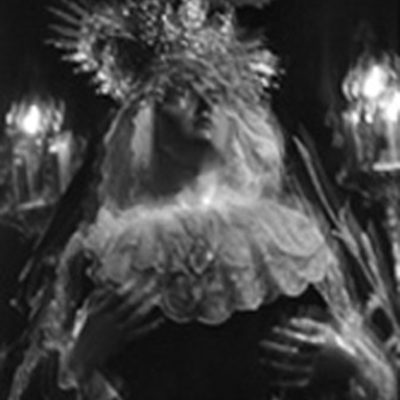
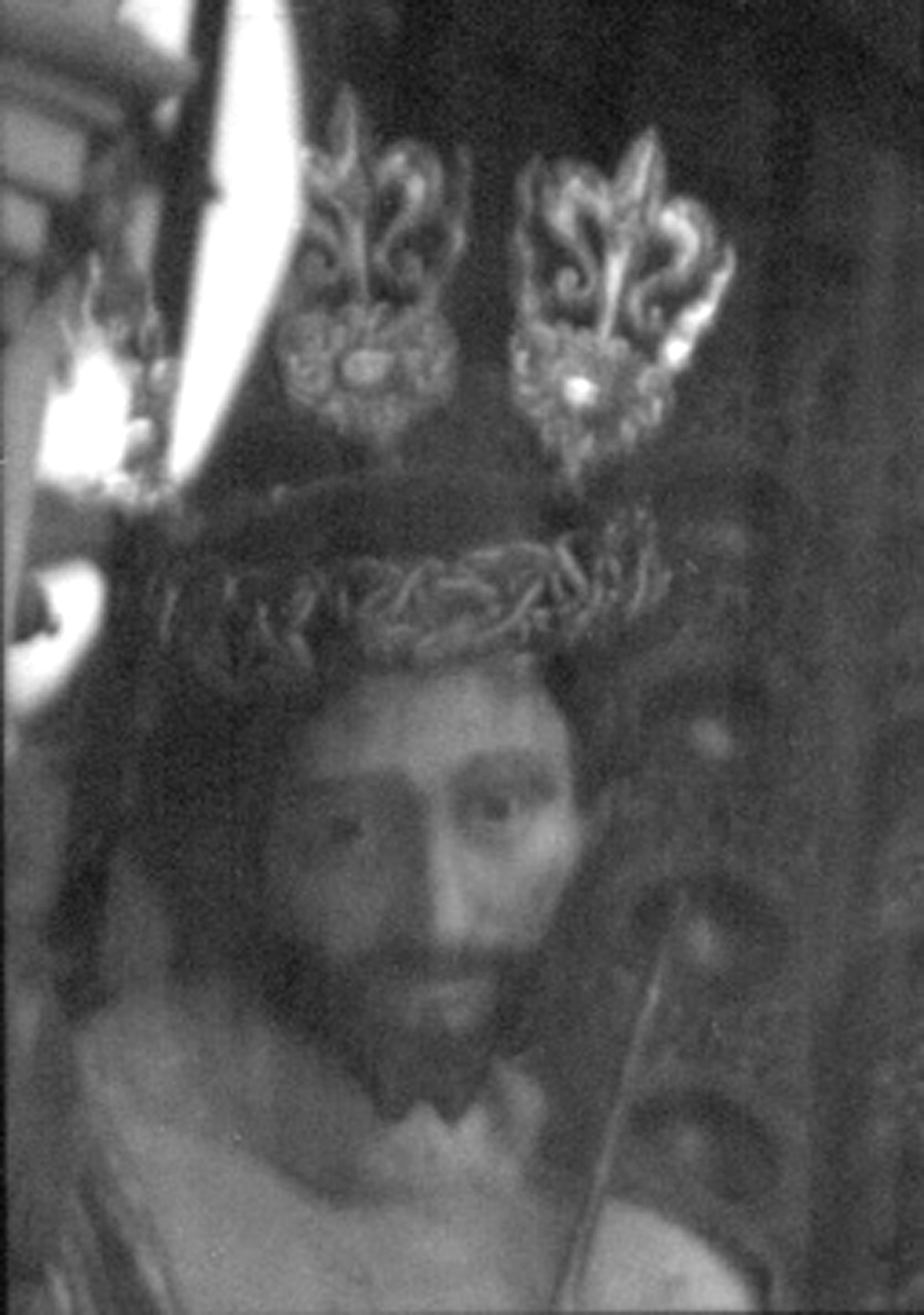
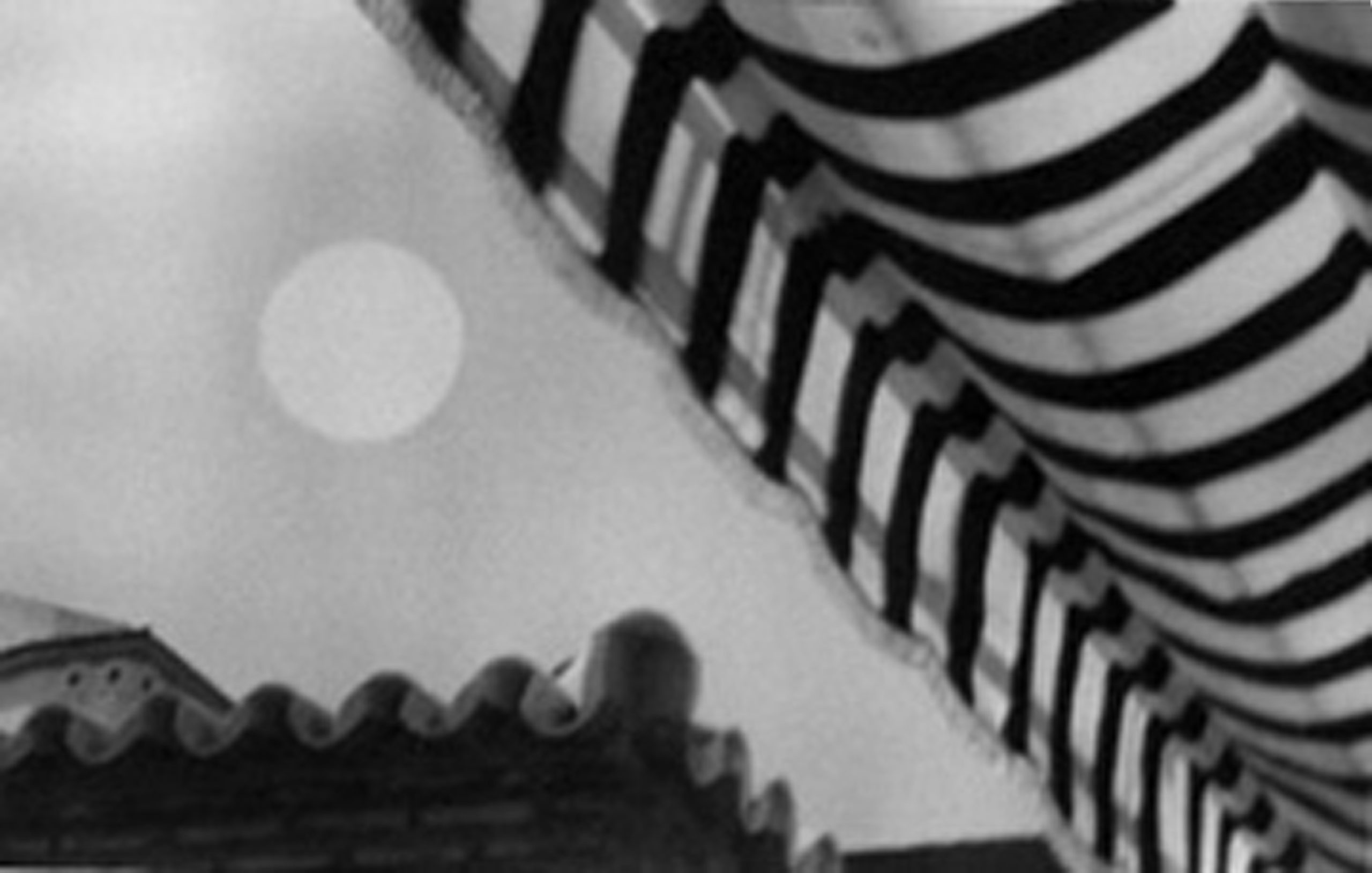
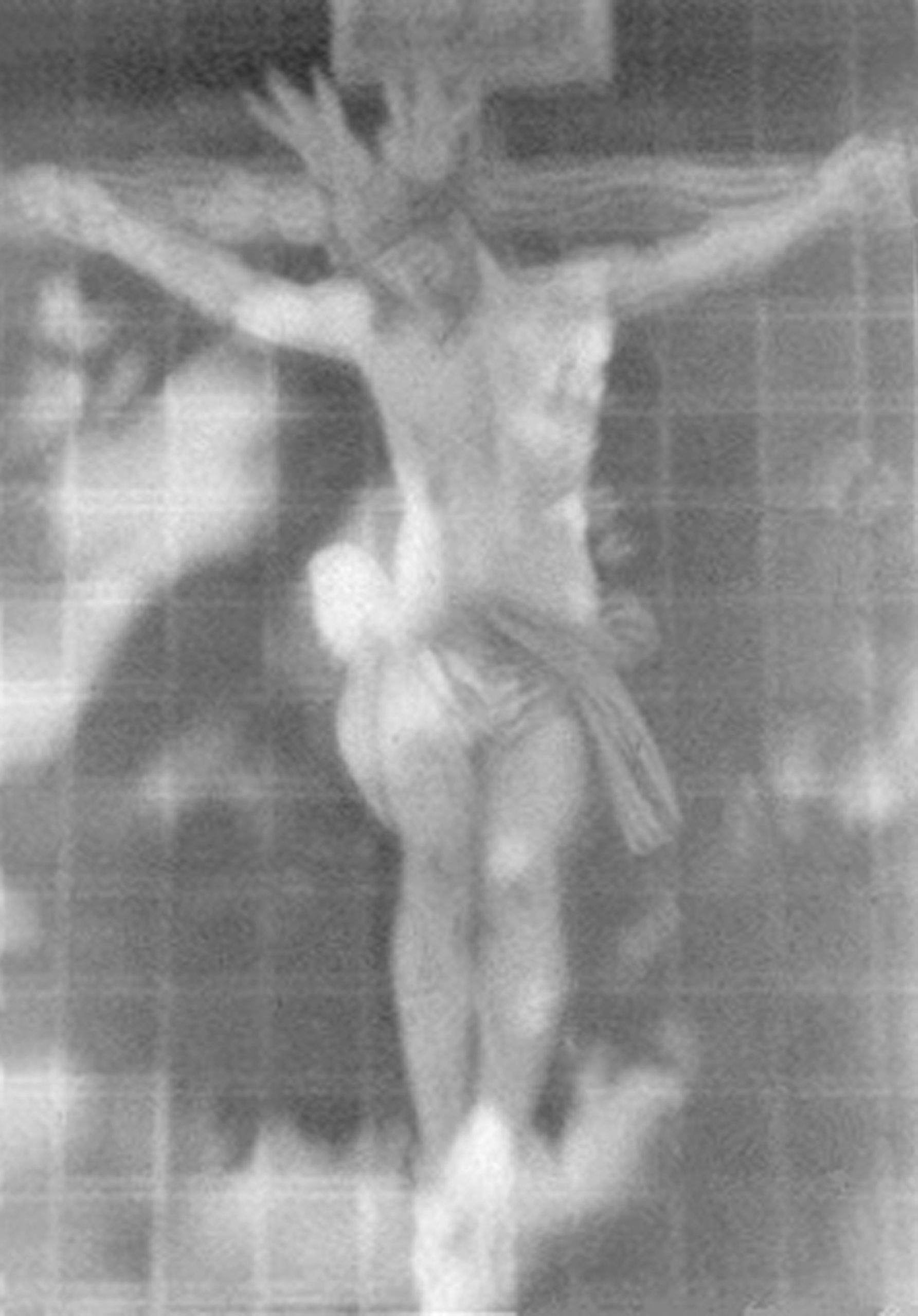
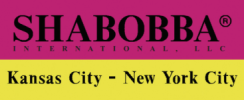
Shabobba® International, LLC.
1-816-746-7830
P.O.Box 29245
Kansas City, Missouri 64152 USA
info@shabobba.com
Legalized Notice: No part of this website or any of the images may be reproduced in any form or by any means, electronic or mechanical, including photography, computer recording or by any information storage and retrieval system or technologies now known or later developed without written permission from Dixie Henderson, Shabobba® International, LLC.
Attention Website Visitor: Should you see Donald Greenhaus’ works of art/photography elsewhere, please ask yourself, “Is this legal?” Shabobba ® International, LLC is the only legal seller of Donald Greenhaus’ work – worldwide.
Website Design by Jake Parrott Creative
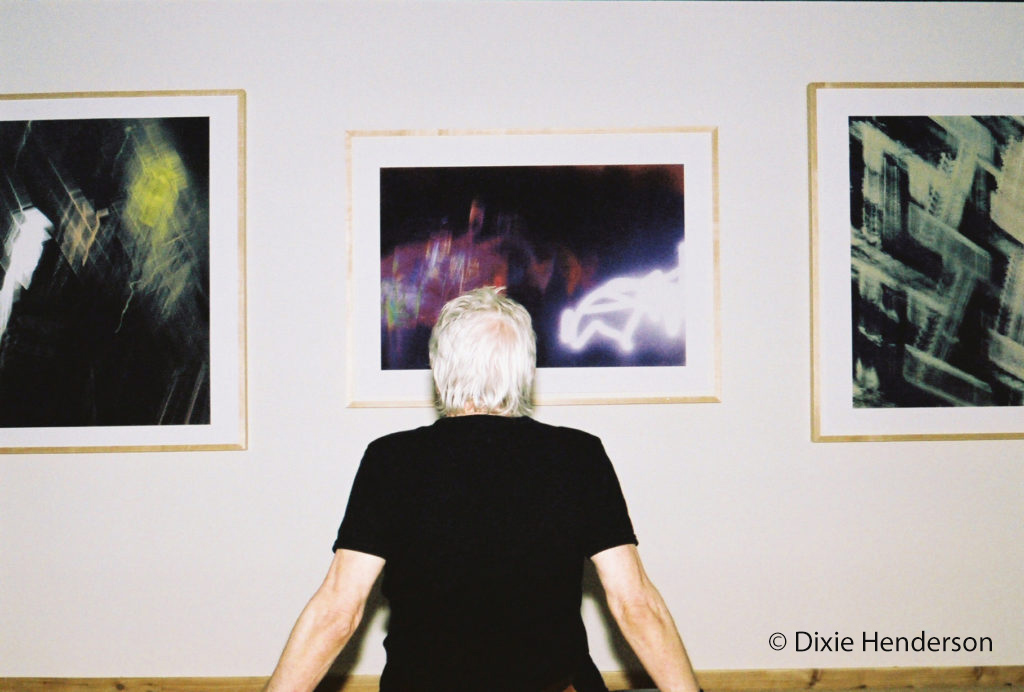
Shabobba® International, LLC.
1-816-746-7830
P.O.Box 29245
Kansas City, Missouri 64152 USA
info@shabobba.com
Fill out the form below, and we will be in touch shortly.
If interested, we invite Donald’s students to contact Shabobba® for a possible interview for an upcoming publication.